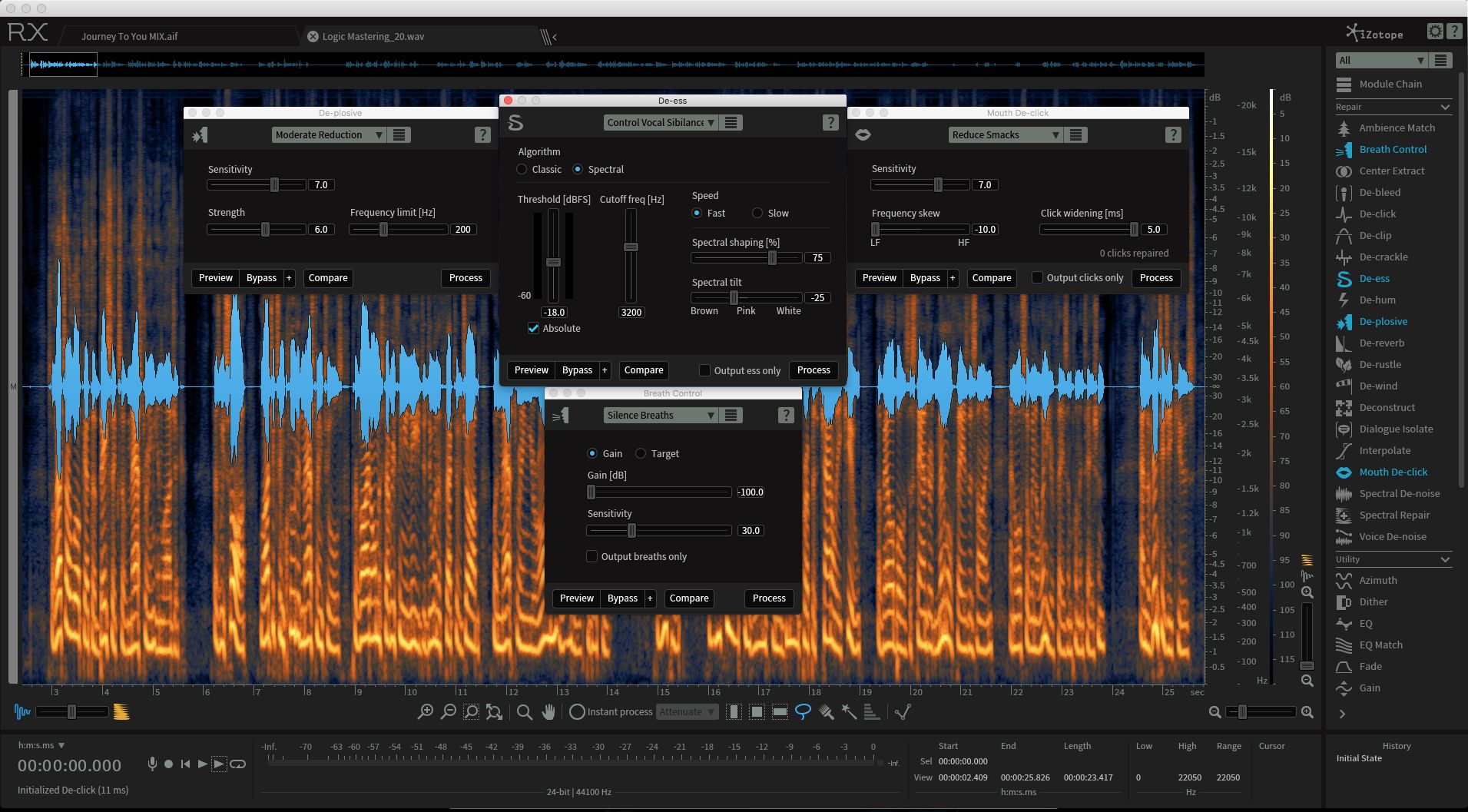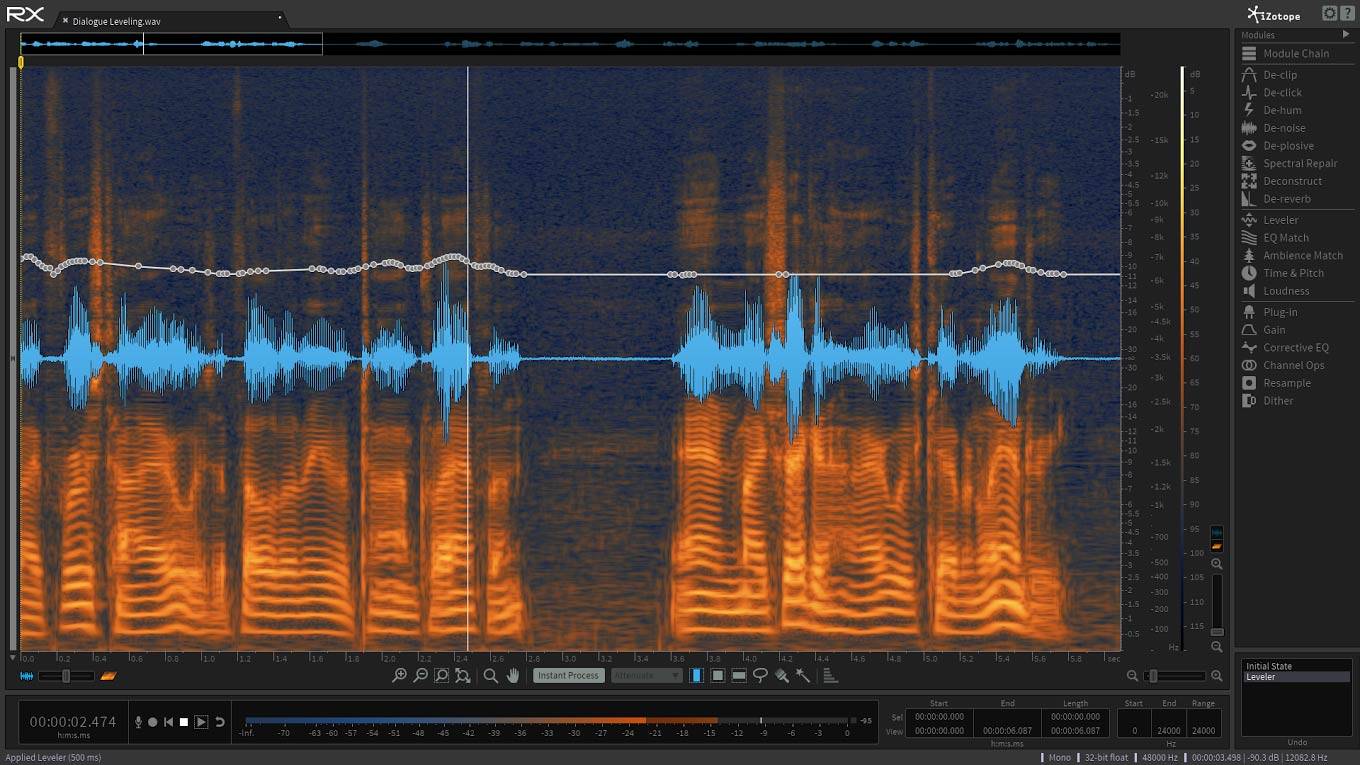


And that was only the Spectral Repair feature, which provides a highly informative visual interface for spotting and addressing these problems. Even with projects that did not call for large–scale restoration work, it was good to be able to identify such momentary irritations as vocal glitches, the base of a mic stand being kicked, the studio cat, mic capsule distortions, clunks, coughs and so on, and quickly brush them aside.

It has exceedingly good sample–rate conversion (with MBit+ dithering) and, of course, it can repair sonic damage, ameliorating those bad–luck moments in live recordings and unnoticed horrors in studio recordings which cannot be recalled and undone. RX can play almost any file, and has frequently opened recalcitrant formats which had standard DAWs flummoxed. Apart from the DAW itself, it is the one piece of software that I have found to be indispensable, and I have used it on pretty much every mastering session.

Polish your audio with RX 8 today.I have now been using iZotope RX2 since it was released in 2010. RX 8’s intuitive interface is designed for any bedroom producer while offering the power needed for professional mixes. It’s a go-to tool for radio, TV, and film audio and soundtracks. That means cleaning up guitars reducing amplifier hums, squeaks, and clicks removing pops, clips, and noise and even isolating and removing vocals. IZotope’s RX 8 uses machine learning to help you remix any fully mixed track, as well as repair and restore any defective audio.


 0 kommentar(er)
0 kommentar(er)
